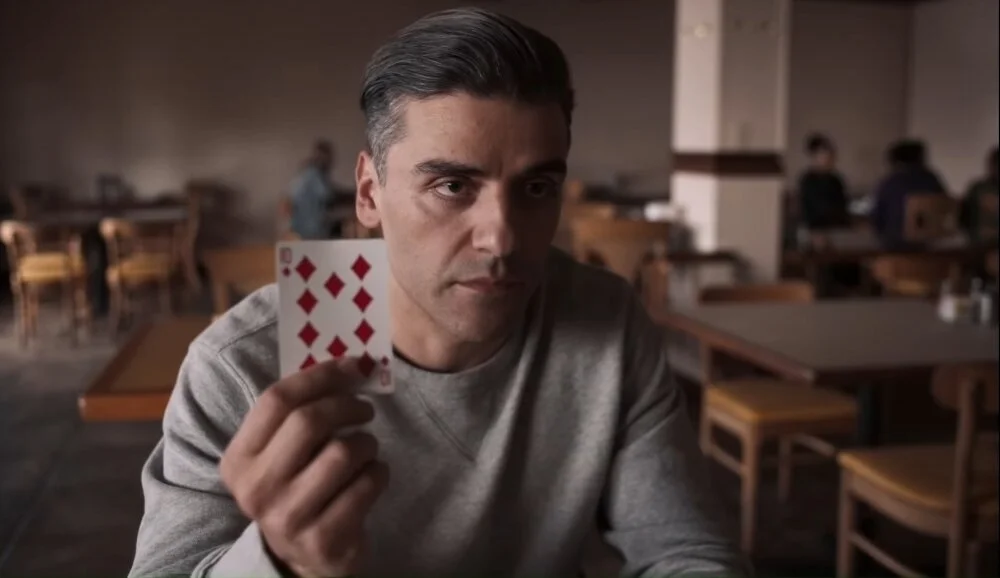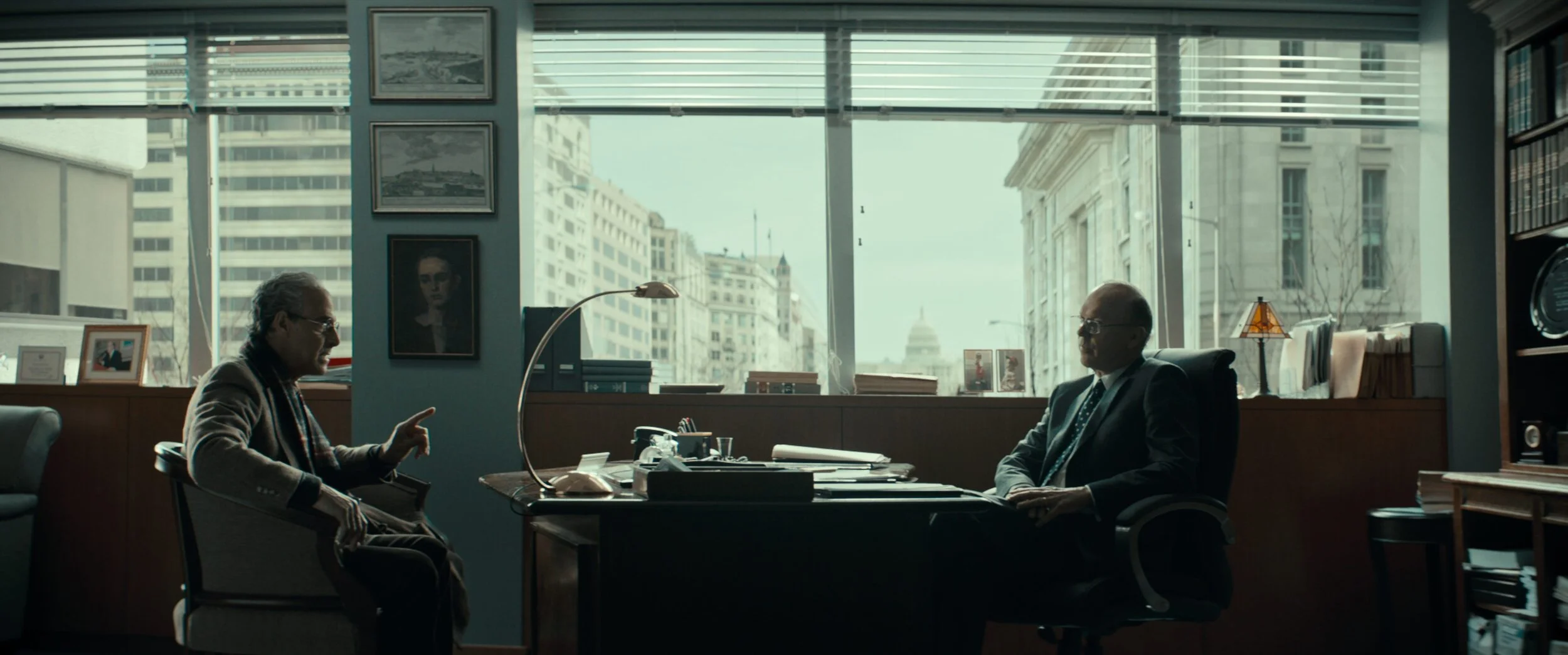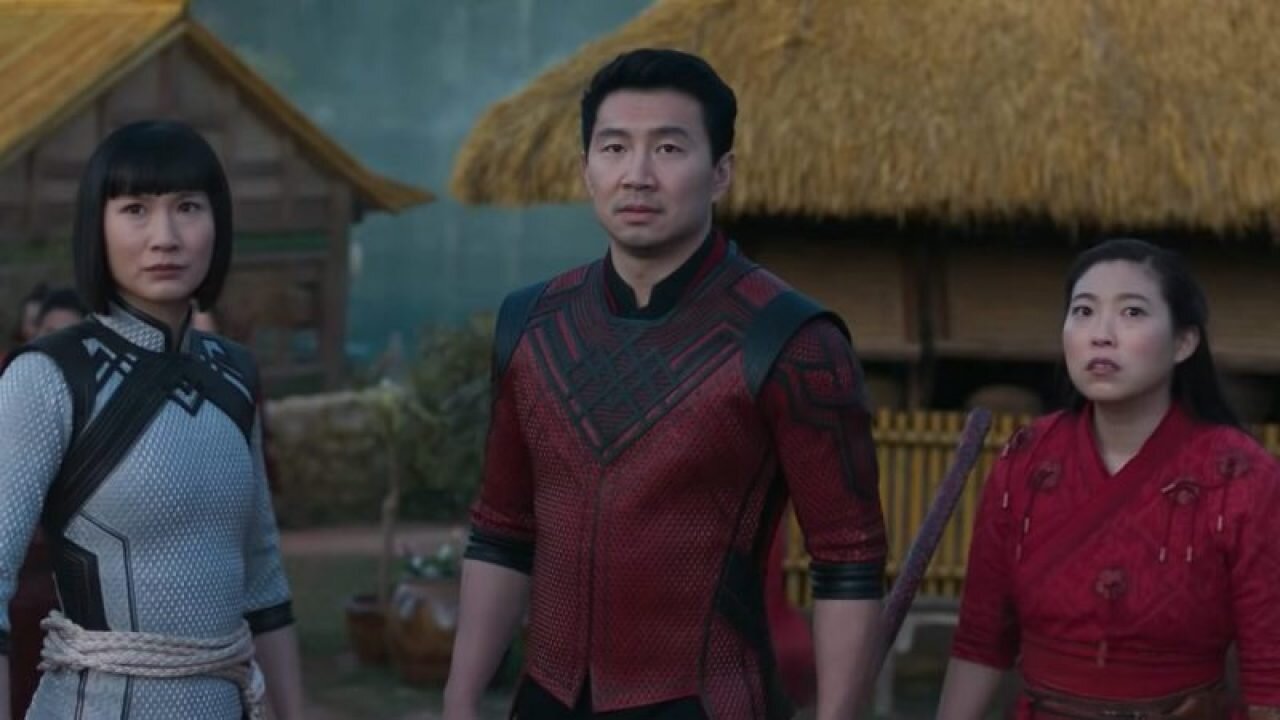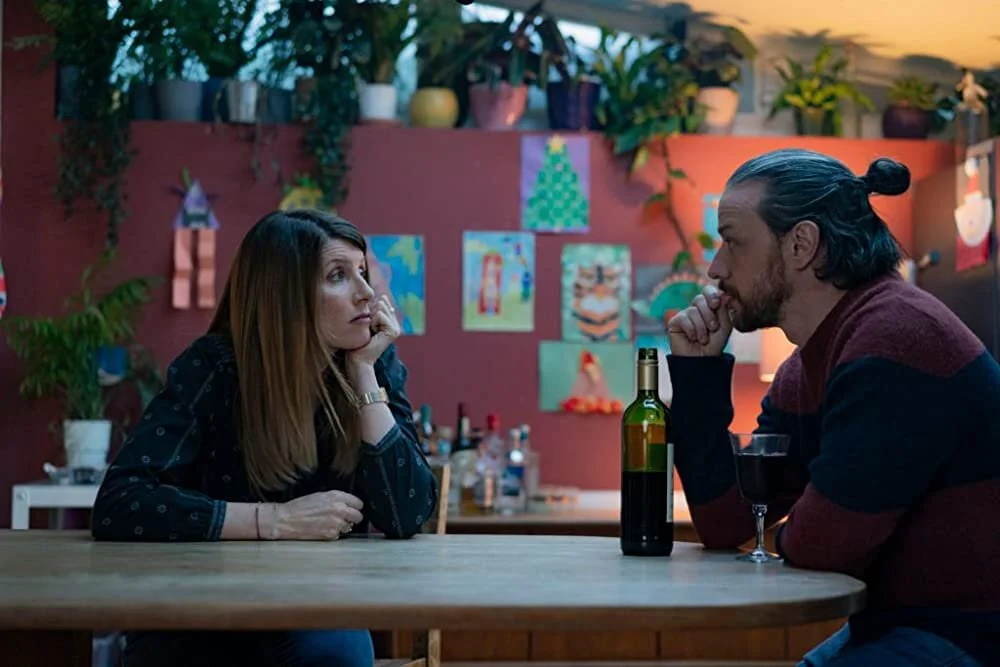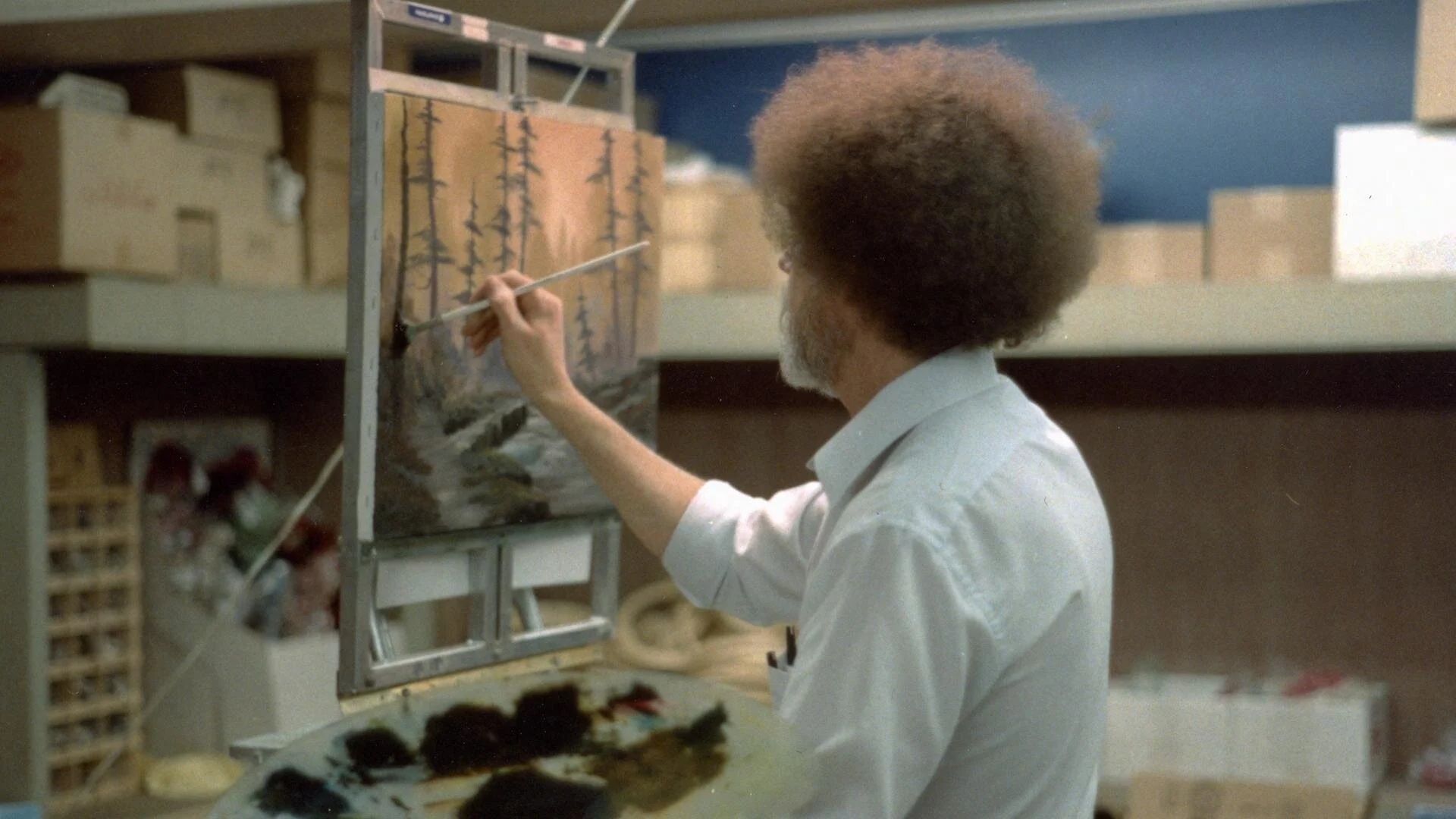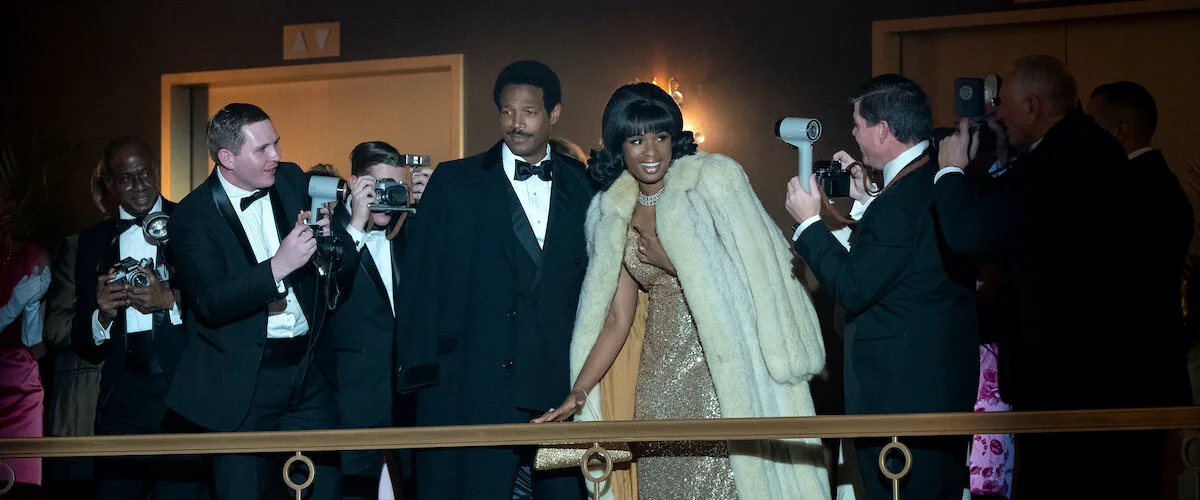COPSHOP
Directing: B
Acting: B
Writing: B-
Cinematography: B
Editing: B
I can’t help but wonder, is Copshop another movie that’s the product of the pandemic? The cast may not be especially small—there are 23 credited parts—but the setting is still characteristically limited: probably 80% or more of the movie takes place at a rural Nevada police station (hence the title). I would guess that at least a third of the movie features only the three leads: Val (Alexis Louder), the cop looking after two criminals in the jail downstairs: Teddy Murretto (Frank Grillo), the man on the run from Bob Viddick (Gerard Butler), the man hired to kill him. Several scenes feature just the three of them, bantering in the jail, Murretto and Viddick in separate cells.
The rest of the cast, ultimately, ultimately serves to up the body count, which is quite high in this film. There’s a lot of gun fights, and a lot of relatively multidimensional characters we’ve spent some time getting to know get dispatched unceremoniously. Given the action-crime genre, I have mixed feelings about this. Director Joe Carnahan is offering a quasi-stylized movie clearly meant to be more fun than gritty, in which case, why bum us out like that? On the other hand, it could be seen as a refreshing change of approach: these people may be characters, but their lives mean something. Something tells me, though, that Carnahan wasn’t thinking too much about that.
It’s not that big a deal, anyway; I found myself having a good time with this movie regardless. In fact, I never did watch a trailer to this movie before seeing it, and only went to see it based on relatively good reviews and a synopsis that made it sound more dramatic than action-packed. As a result, this movie was a pleasant surprise, and exceeded my expectations.
Granted, there is no question that Carnahan is emulating far better directors here, like Quentin Tarantino or Edgar Wright. Or even Shane Black, whose 2016 film The Nice Guys is vaguely similar in tone but lands its humor with far greater success.
In the moment, though, Copshop suffices, and I did enjoy the supporting turn by Toby Huss as Anthony, the unhinged rival assassin who shows up and ultimately wreaks all the havoc that makes this movie as entertaining as it is. As for Gerard Butler, this is the kind of low-rent crime thriller he’s basically typecast to be a part of these days, his very screen presence is generic, and the character of Viddick manages more than one implausible plot twist that made me wonder if he moonlights as an illusionist.
Butler aside, it’s the casting of Copshop that elevates the material at least a little bit, especially Alexis Louder as the unusual choice of a Black woman as the hero in a film of this type. There’s a lot of genuine gun loving in this movie, of course, but that just goes with the territory here. Part of the fun is the confined setting at the police station for the vast majority of the film, much of it with Val, Murretto and Viddick locked behind the bulletproof door to. the jail while Anthony, cracking weird jokes—and Copshop is best when it gets weird, which it honestly doesn’t do enough—as he tries to get in after them all.
Copshop could have benefitted from some polishing, but its minor messiness, even when it gets a little hackneyed at times, is part of its charm. I wouldn’t say anyone should rush out. to theaters to see it, but I still found it well worth my time.
Val is a gunslinging badass,
Overall: B



